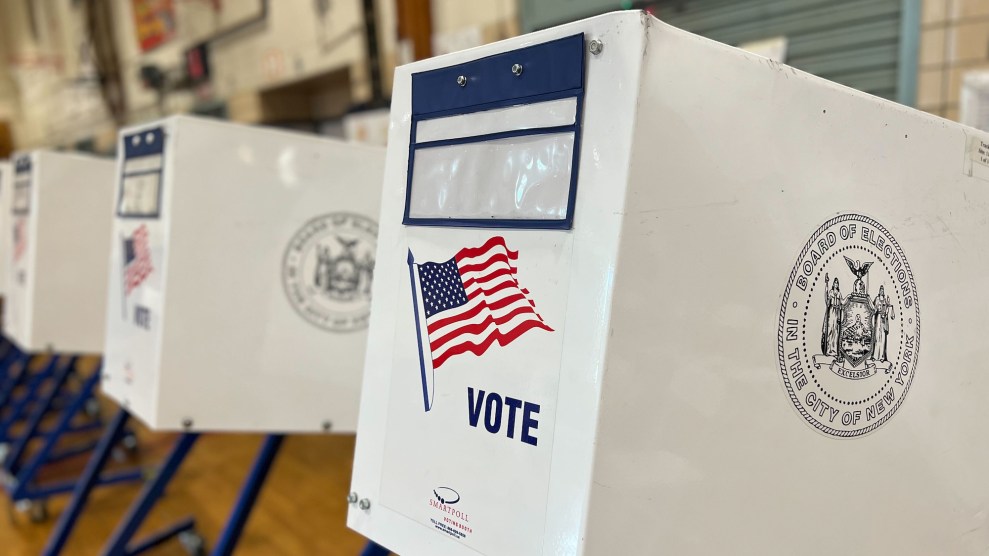In cases against the government, a judge sometimes appoints a special master to ensure his or her orders are followed. To this end, U.S. District Judge Royce Lamberth appointed Alan Balaran to investigate Interior’s behavior in Cobell v. Norton. In 1999 Balaran reported that Interior and Treasury lawyers had violated ethics rules by waiting four months to report the destruction of 162 boxes of records vital to the case and by making misrepresentations in sworn testimony. For this “shocking pattern of deception,” Lamberth found Secretaries Bruce Babbitt and Robert Rubin in contempt and fined both departments $600,000.
Then, in 2003, Balaran reported that BIA officials in New Mexico were cheating Navajos by leasing pipeline easements across their trust allotments at one-tenth (or less) the price paid to non-Indian landowners. Although court documents did not name the companies involved, ChevronTexaco and Transwestern Pipeline (a former Enron subsidiary) both conduct large operations in the area. The BIA is legally responsible for maximizing trust incomes for the Navajo. But in this case the bureau decided not to “insinuate itself” — as one bureau official put it — into the appraisal process. Instead, it let the oil and gas companies negotiate the terms of the leases themselves. Consequently, Balaran documented cases of illiterate Indians signing contracts by thumbprint, and others where the oil companies wrote in the terms of contracts after obtaining signatures. (Such tactics are hardly unique to New Mexico. In 2004, Time magazine reported how BIA officials in Oklahoma persuaded an elderly, illiterate Indian and his family to sell off idle oil wells for a pittance, including one that has since earned more than $70 million.)
Those Balaran alleged were cheated are some of America’s poorest citizens, Navajo who live on their trust parcels and subsist below the poverty line, unable to read or speak English, surviving without telephones, running water, or easy access to schools or medical facilities. For them, the difference between a $1.50-a-foot pipeline easement (the alleged Indian rate) and a $60-a-foot easement (the going market rate) would be transformative.
The BIA’s chief appraiser for the area, Anson Baker, defended these lower easement rates, claiming they were based on research into how much money private companies would pay to deal with the additional bureaucracy he claimed would be inherent to laying pipeline on Indian-owned land. But Balaran found no evidence such research was ever conducted — only evidence that Baker had “deliberately erased all appraisal information from his computer.”
In response, the government launched an all-out effort to have Balaran removed from the case. Hounded and harassed, he eventually resigned, claiming his fight to stay on was becoming a distraction. Yet he went down punching, and in his resignation letter he wrote: “I soon began to uncover evidence that Interior was putting the interests of private energy companies ahead of the interests of individual Indian beneficiaries.” Interior was loath to disclose these findings, he wrote, because they “could cost the very companies, [with] which senior Interior officials maintain close ties, millions of dollars.”
Congress has since attempted to cut funding to any other investigators Judge Lamberth might appoint.















